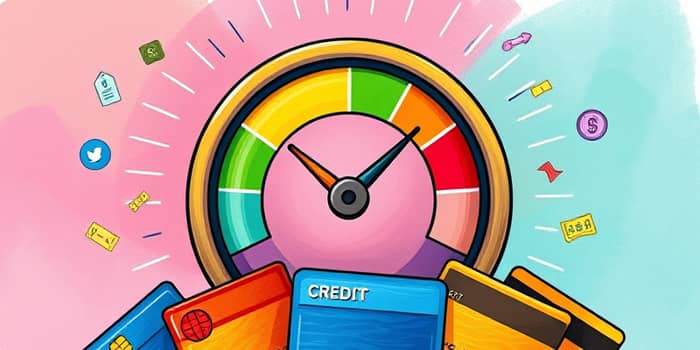
Your credit card is more than a payment tool—it’s a reflection of your financial reputation. Every swipe, balance transfer, and payment deadline shapes the story your credit score tells about you.
In an era where lenders scrutinize every detail, every financial decision truly matters. From small grocery runs to strategic limit increases, understanding how each move influences your credit profile empowers you to build—and protect—your creditworthiness.
Credit scores such as FICO and VantageScore rely on a blend of factors to produce a three-digit result. While payment history dominates, other elements weave together to reveal a complete picture of risk.
This breakdown highlights why on-time payments build long-term trust. But utilization and account age can swing your score significantly, too.
Credit utilization measures how much of your available credit you’re using at any moment. It’s calculated by dividing total balances by total limits and multiplying by 100.
For example, if you have $1,200 in balances on cards totaling $5,000 in limits, your utilization stands at 24%. Experts recommend keeping this figure under 30%, and ideally below 10% for top-tier scores.
High utilization signals to lenders that you may be overextended, while a low rate suggests responsible borrowing habits over time. Newer scoring models even analyze historical utilization patterns, rewarding consistency rather than just a single reporting period.
Each action produces an immediate or delayed reaction on your score. A single late payment can reduce your score by dozens of points, and the effect lingers for years.
Misconception: Carrying a small balance is necessary to build credit. Reality: You only need to use and pay off your cards, not carry balances month to month.
Misconception: Closing unused cards improves security and credit. Reality: It can reduce your total credit available and shorten your credit history, raising your utilization rate.
Misconception: Multiple inquiries are harmless. Reality: Each hard pull can shave points off your score, and too many in a short period signals risk to lenders.
Meet Sara, who thought closing a dormant card would simplify her finances. Instead, her utilization jumped from 15% to 35%, dropping her score by 25 points overnight. By reopening the card and requesting a limit increase, she restored her utilization and watchfully monitored her balances.
Then there’s Jamal, who always paid by the due date…but only on the statement balance. A report timing quirk meant his bank reported a high interim balance, spiking his utilization temporarily. He now schedules payments throughout the month to smooth out any spikes.
Your credit score is not a fixed number—it’s a dynamic reflection of your financial behavior. With each purchase, payment, and request for credit, you write the next chapter of your credit story.
By understanding the interplay between payment history and credit utilization, avoiding common pitfalls, and applying strategic tips, you can transform every credit card move into an opportunity for growth. Vigilance and informed decisions will guide you toward stronger credit and greater financial freedom.
References













